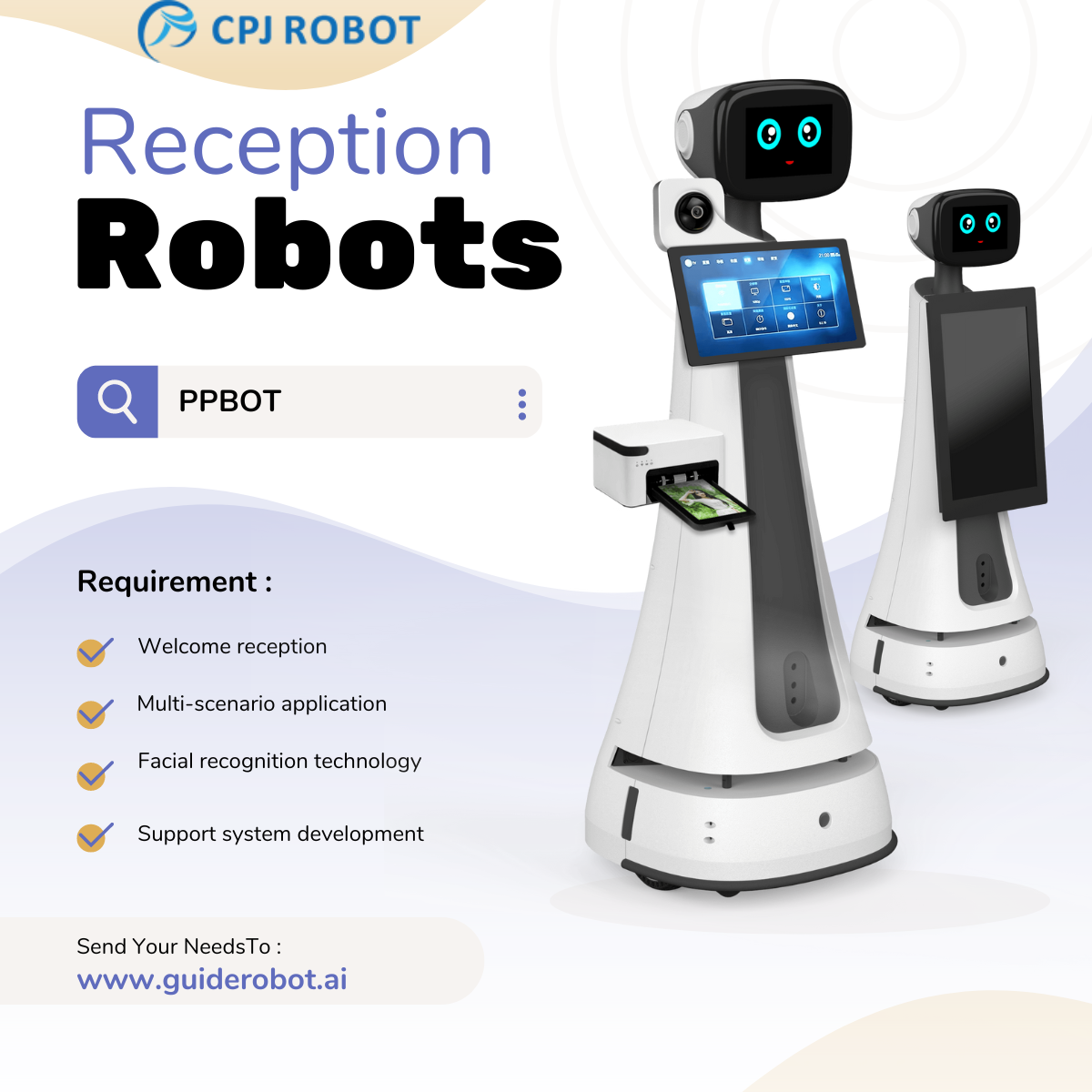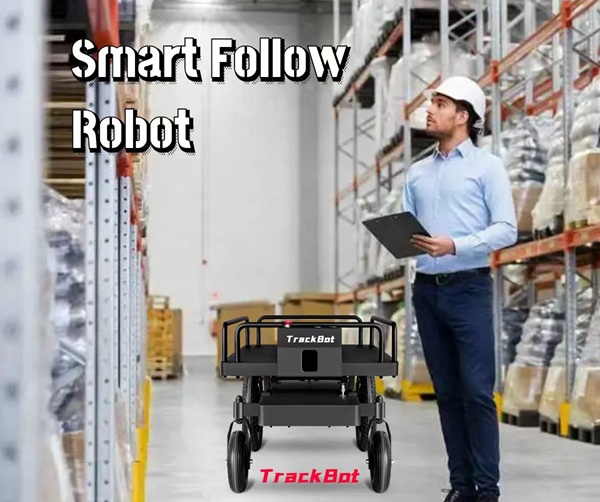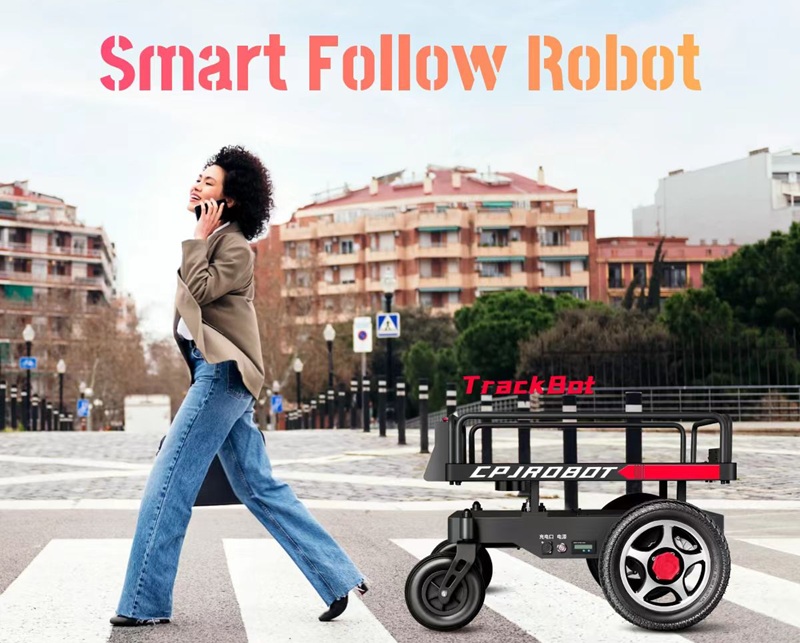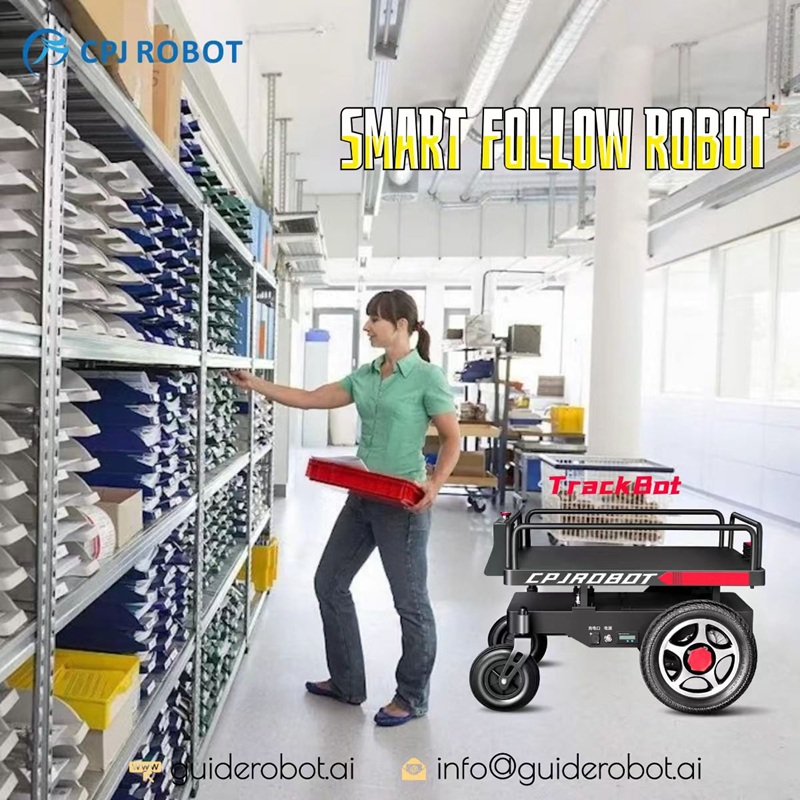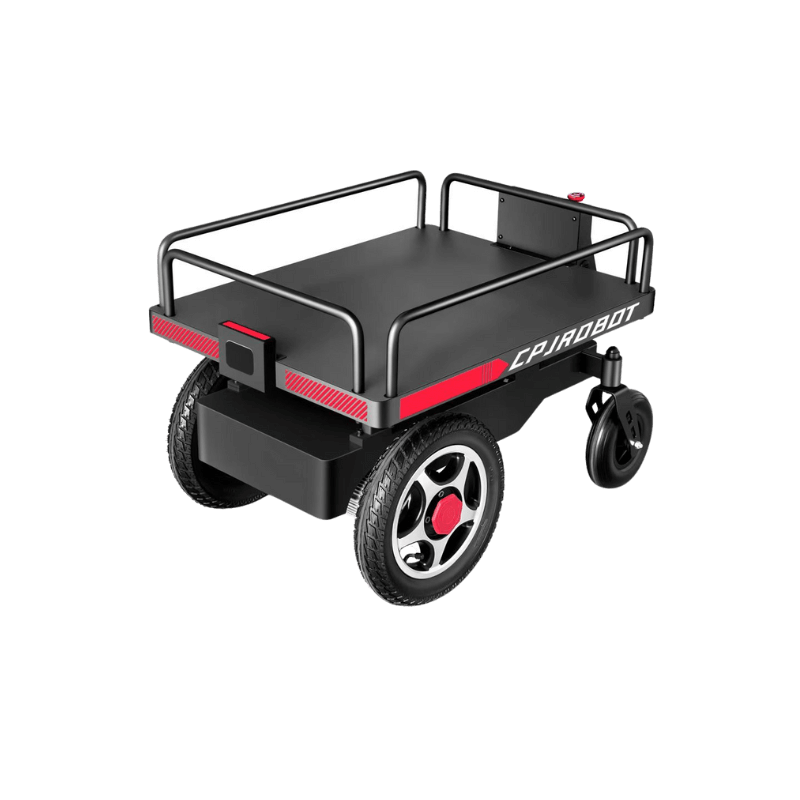Imagine strolling through a museum, and as you approach an exhibit, a friendly robotic guide greets you, offering tailored information and answering your questions with ease. This futuristic scenario is becoming a reality in exhibition halls worldwide. With advancements in artificial intelligence and robotics, explanatory robots are revolutionizing the way we experience exhibitions.
Explanatory robots are transforming the exhibition industry by providing personalized, efficient, and engaging experiences for visitors. This article will explore the key benefits of using explanatory robots in exhibition halls and discuss the technologies that power these innovative solutions.

The Evolution of Exhibitions
Before delving into the role of explanatory robots, let’s briefly examine the traditional exhibition experience. In the past, exhibitions often relied on static displays and human guides to convey information. While this approach was effective, it had several limitations:
- Limited Scalability: Human guides can only attend to a limited number of visitors at a time.
- Inconsistent Information: The quality of information provided could vary depending on the guide’s knowledge and enthusiasm.
- Lack of Interactivity: Visitors were primarily passive observers, with limited opportunities for hands-on engagement.
The Rise of Explanatory Robots
Explanatory robots offer a compelling solution to these challenges. Equipped with advanced AI and natural language processing capabilities, these robots can:
- Provide Personalized Information: By analyzing visitor data, robots can tailor their presentations to individual interests and preferences.
- Offer Real-Time Assistance: Visitors can ask questions and receive immediate, accurate answers.
- Enhance Engagement: Interactive elements, such as games and quizzes, can make the learning experience more enjoyable.
- Improve Accessibility: Robots can provide information in multiple languages and accommodate visitors with disabilities.
Core Features and Benefits
- Advanced AI and Machine Learning: Enabling natural language understanding, speech recognition, and the ability to learn from interactions.
- Autonomous Navigation: Robots can move freely around the exhibition space, guiding visitors to exhibits of interest.
- Multimedia Capabilities: Displaying images, videos, and 3D models to enhance the visitor experience.
- Integration with IoT: Connecting with other smart devices and systems within the exhibition hall to create a more immersive environment.
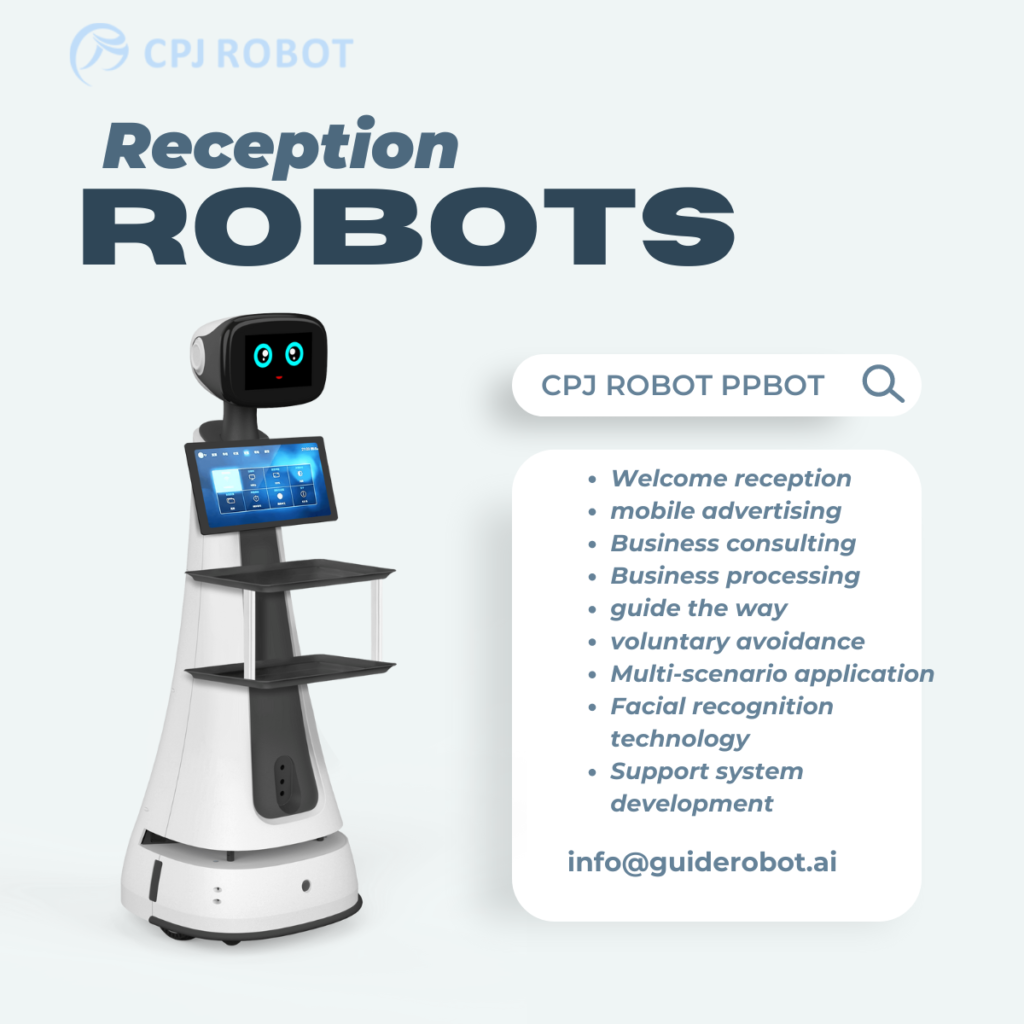
Case Studies
- Science Museum: A science museum in Tokyo has deployed robots that can conduct guided tours in multiple languages, providing in-depth explanations of complex scientific concepts.
- Art Gallery: An art gallery in London uses robots to offer personalized recommendations based on visitor preferences, helping them discover new and exciting works of art.
The Future of Exhibitions
As technology continues to advance, we can expect to see even more sophisticated explanatory robots in exhibition halls. Some potential future developments include:
- Emotional Intelligence: Robots that can recognize and respond to human emotions, creating more empathetic interactions.
- Augmented Reality Integration: Combining the physical and digital worlds to create immersive and interactive experiences.
- Collaborative Robotics: Robots working together with human guides to provide a more comprehensive and engaging experience.
Conclusion
Explanatory robots are poised to transform the exhibition industry, offering visitors personalized, interactive, and informative experiences. By embracing these innovative technologies, exhibition organizers can create more engaging and memorable experiences for their audiences. As AI and robotics continue to advance, we can look forward to a future where exhibitions are even more dynamic, informative, and enjoyable.
CPJ ROBOT stands at the forefront of this transformation. Specializing in the research and manufacturing of service robots and interactive LiDAR, CPJ ROBOT offers custom solutions to meet your library’s unique needs. Enhance your library management with innovative robots designed to streamline operations and improve user experience.
